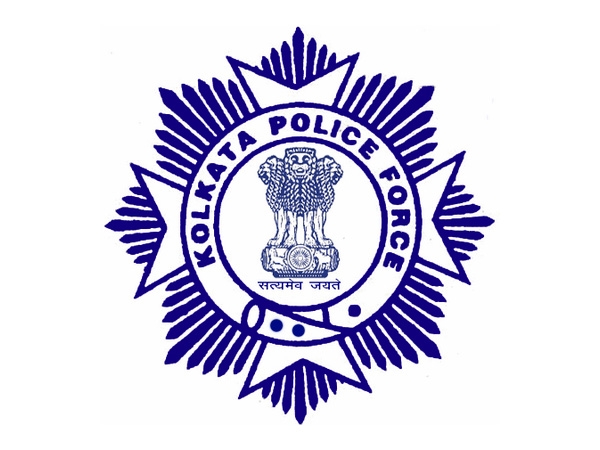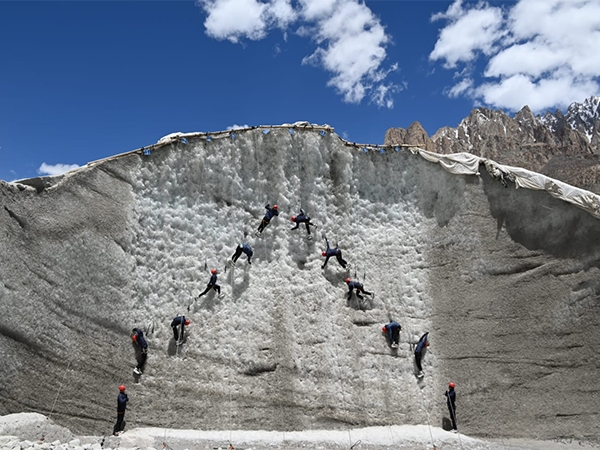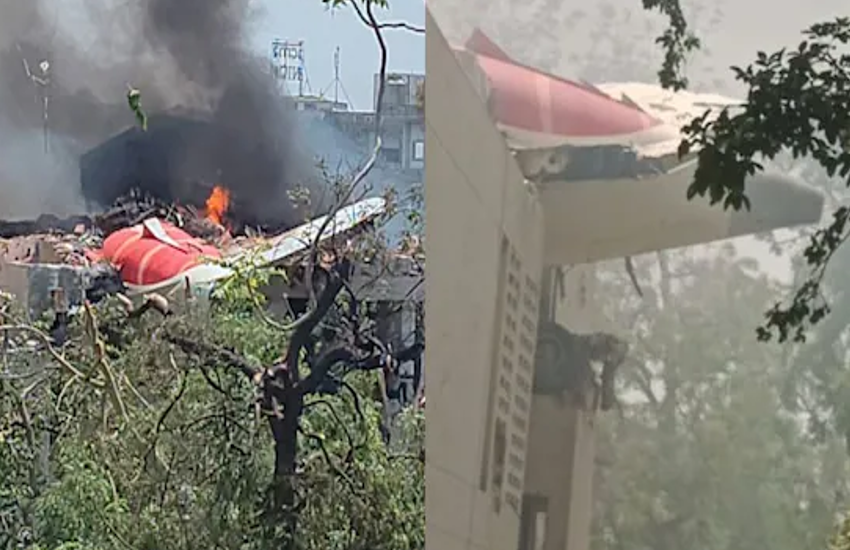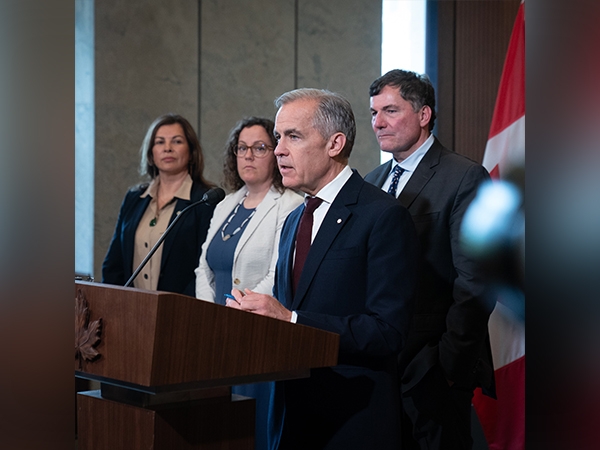Well done: how a rhino calf was saved from flood-ravaged Kaziranga
The animal nursery at the Centre for Wildlife Rehabilitation and Conservation near Kaziranga National Park in Assam is witnessing something unprecedented. In the last four days, eight rhino calves, rescued from the rampaging floods, have been admitted to the nursery, where five elephant calves were being hand-raised at one-of-its-kind wildlife rehabilitation centre. The young pachyderms have now been shifted to an outdoor stockade, where a makeshift shelter is being built for them.
Run by the International Fund for Animal Welfare and the Wildlife Trust of India, CWRC has, for the last 14 years, been engaged in stabilising displaced wild animals and releasing them back into the wild. The rhino calves would also be hand-raised until they are fit to survive in the wild.
With 90% of its area inundated, Kaziranga is witnessing one of the worst floods in the last decade. Brahmaputra has wrecked havoc in this pristine ecological hotspot, which is home to Royal Bengal Tiger, Asian Elephant, Great One-horned Rhino, Eastern Swamp Deer and several other species.
Floods, an annual occurrence in Assam, force animals to move towards the higher ground of Karbi Anglong Hills and adjoining areas for safety. While the adults can brave the rising waters, the vulnerable young ones often end up abandoned to face the mighty Brahmaputra\'s wrath.
On 27 July 2016, a villager from Diphalu Pathar, Navgaon, spotted a rhino calf desperately trying to reach higher ground. With its mother nowhere in sight, he alerted Pramod Gogoi, chief general secretary of the Kaziranga Natural Environment Education and Cultural Association, and fellow villagers.
Immediately, they laid out a plan to rescue the calf with the help of boats used by local people during the annual floods that inundate most parts of Kaziranga. The villagers dragged the calf to safety and tied it outside a house that had not been fully submerged. They then rang up the deputy forest officer, who in turn alerted the CWRC, which specialises in rescue and rehab of wild animals in distress. A CWRC team reached the spot only to find the entire village inundated, making it almost impossible to rescue the calf. After desperate deliberations, two boats were lashed together; the sedated calf was put in one while the team sat in the other to balance the weight.
According to Dr Shamshul Ali, the CWRC veterinarian, who was hurt during the rescue operation, the ride was choppy but they managed to get the animal to a vehicle.
At the CWRC, a team of veterinarians and animal keepers examined the calf and found it to be a six-month male under severe distress. It was administered medicines and milk formula. The same day, three other rhino calves were rescued from Kaziranga and shifted to CWRC. All four calves are together now and are responding well to treatment.
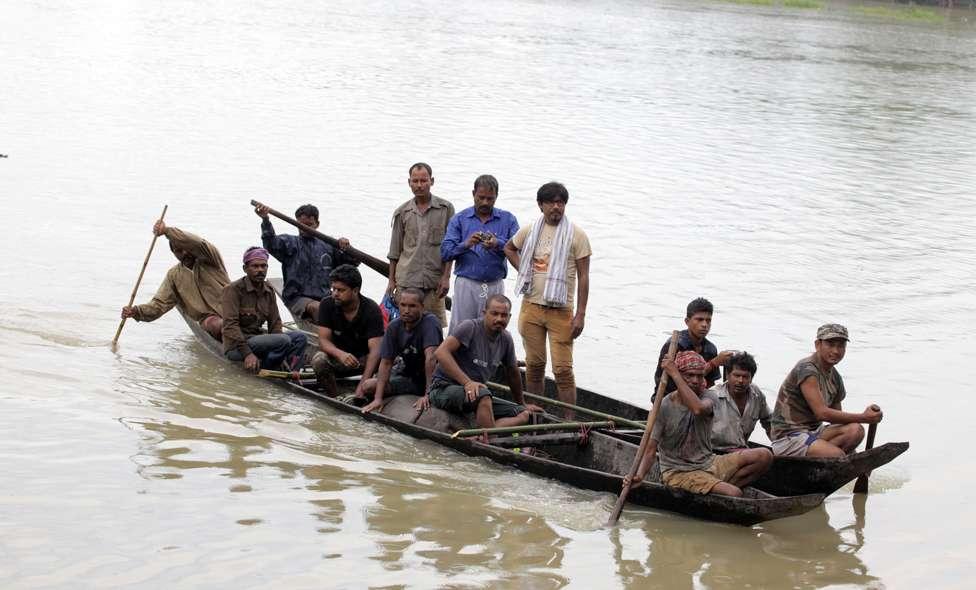
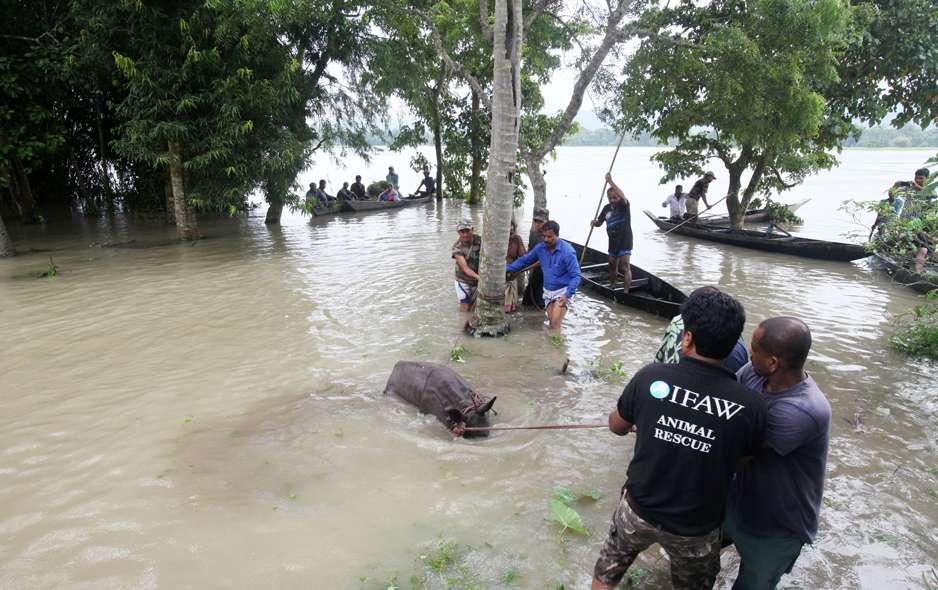
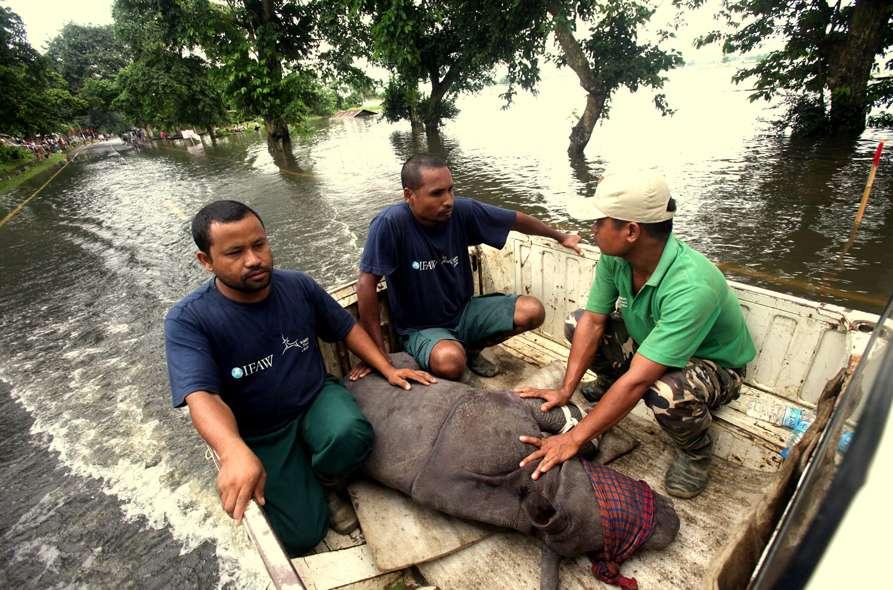

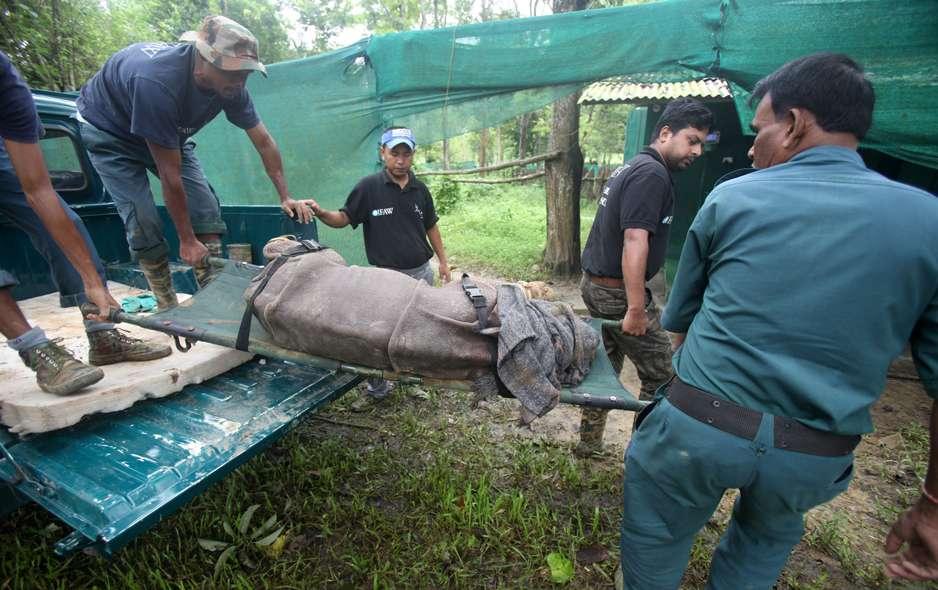
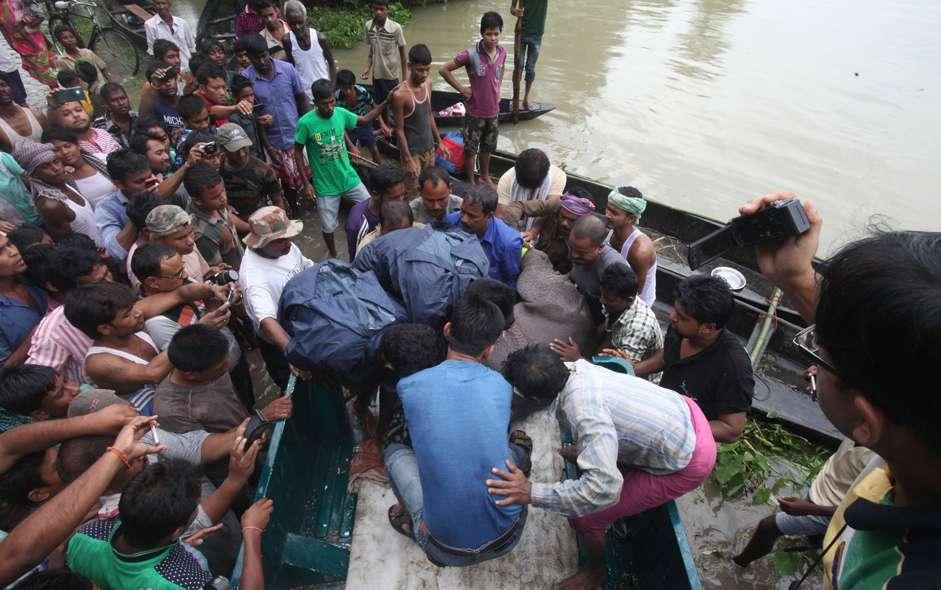
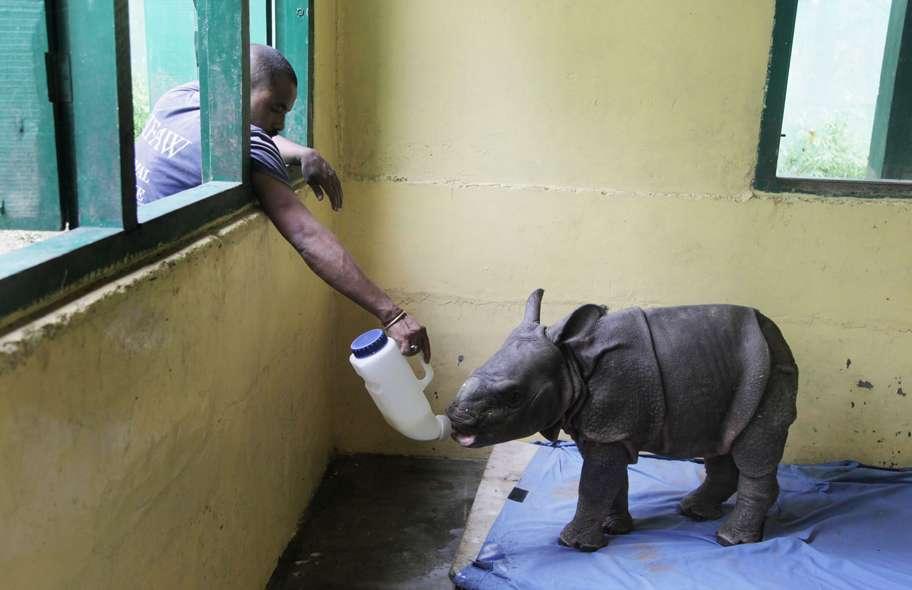
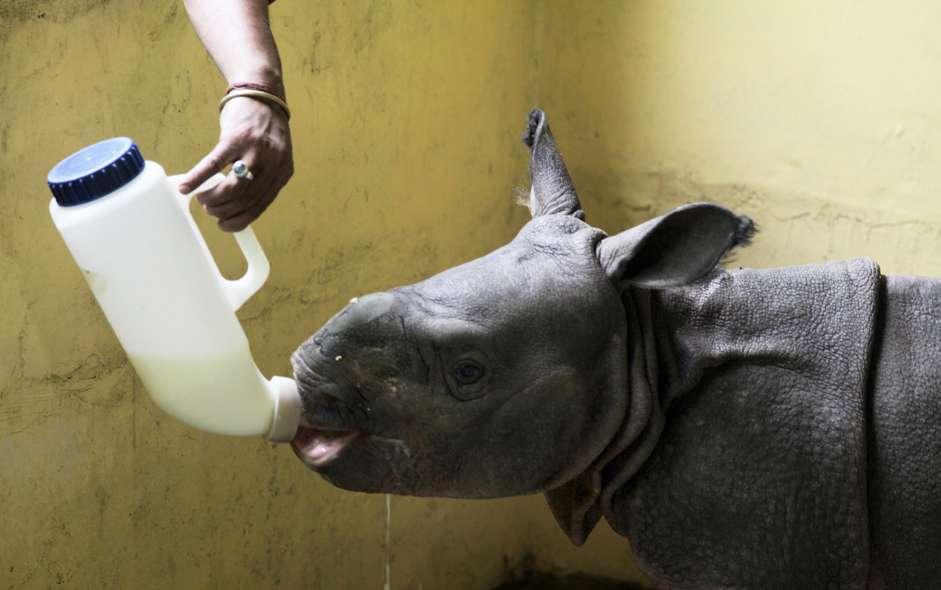







![BJP's Kapil Mishra recreates Shankar Mahadevan’s ‘Breathless’ song to highlight Delhi pollution [WATCH] BJP's Kapil Mishra recreates Shankar Mahadevan’s ‘Breathless’ song to highlight Delhi pollution [WATCH]](https://images.catchnews.com/upload/2022/11/03/kapil-mishra_240884_300x172.png)

![Anupam Kher shares pictures of his toned body on 67th birthday [MUST SEE] Anupam Kher shares pictures of his toned body on 67th birthday [MUST SEE]](https://images.catchnews.com/upload/2022/03/07/Anupam_kher_231145_300x172.jpg)


